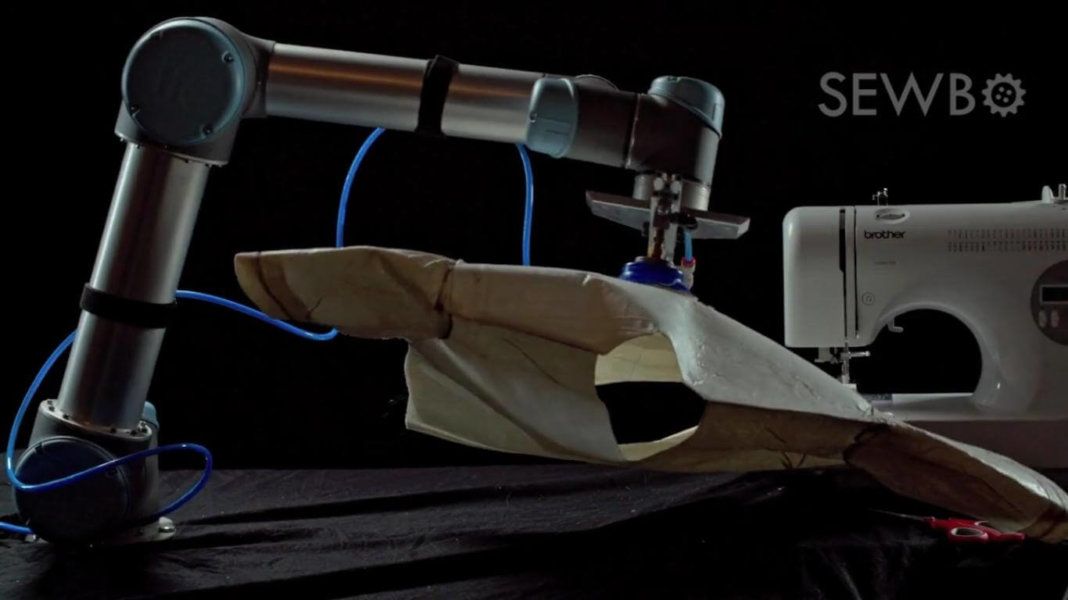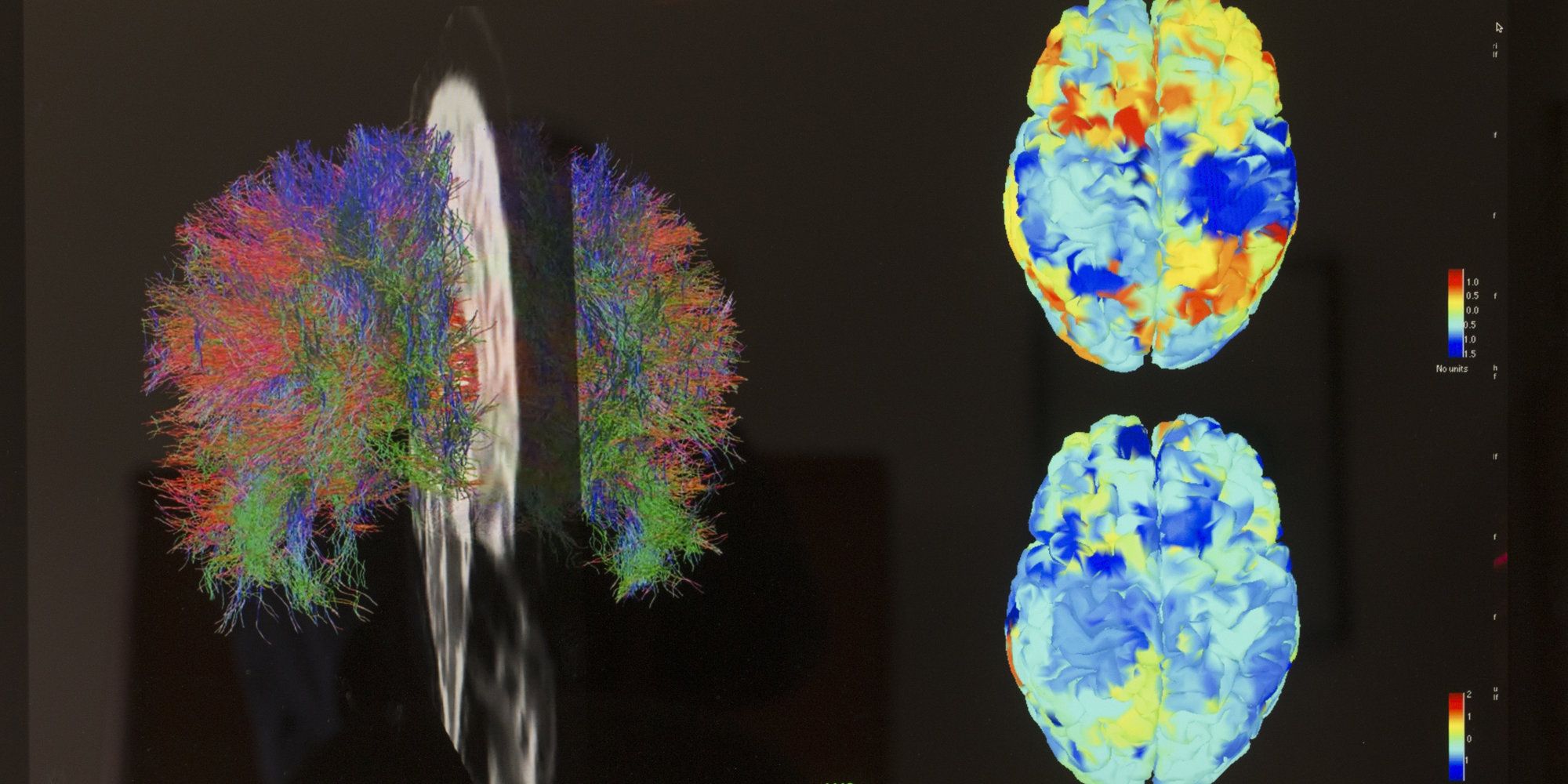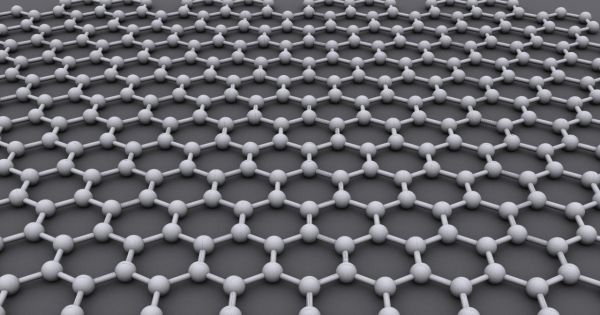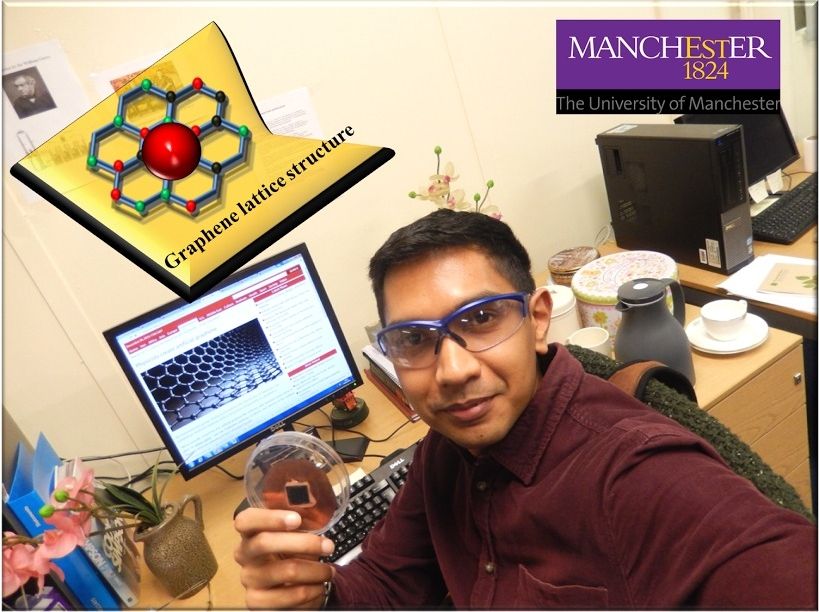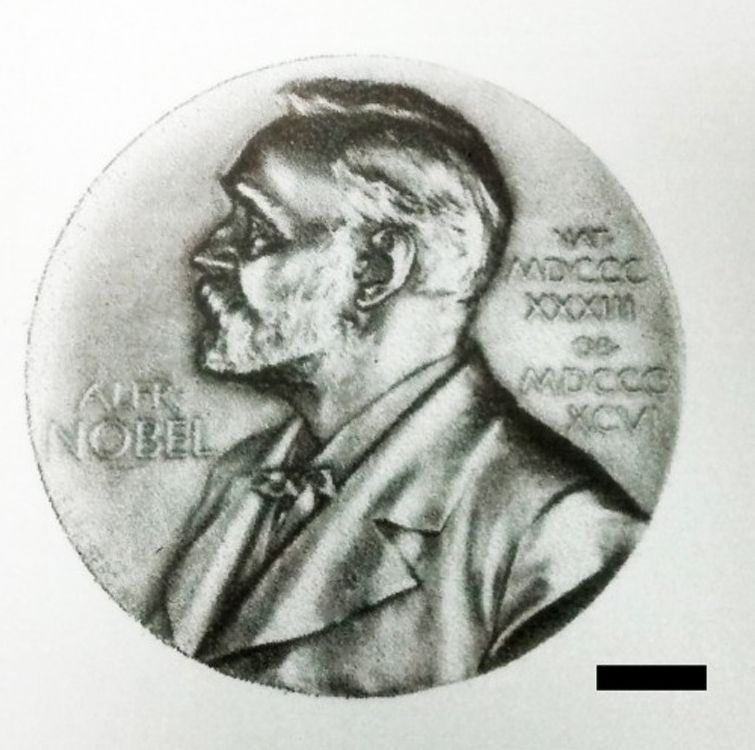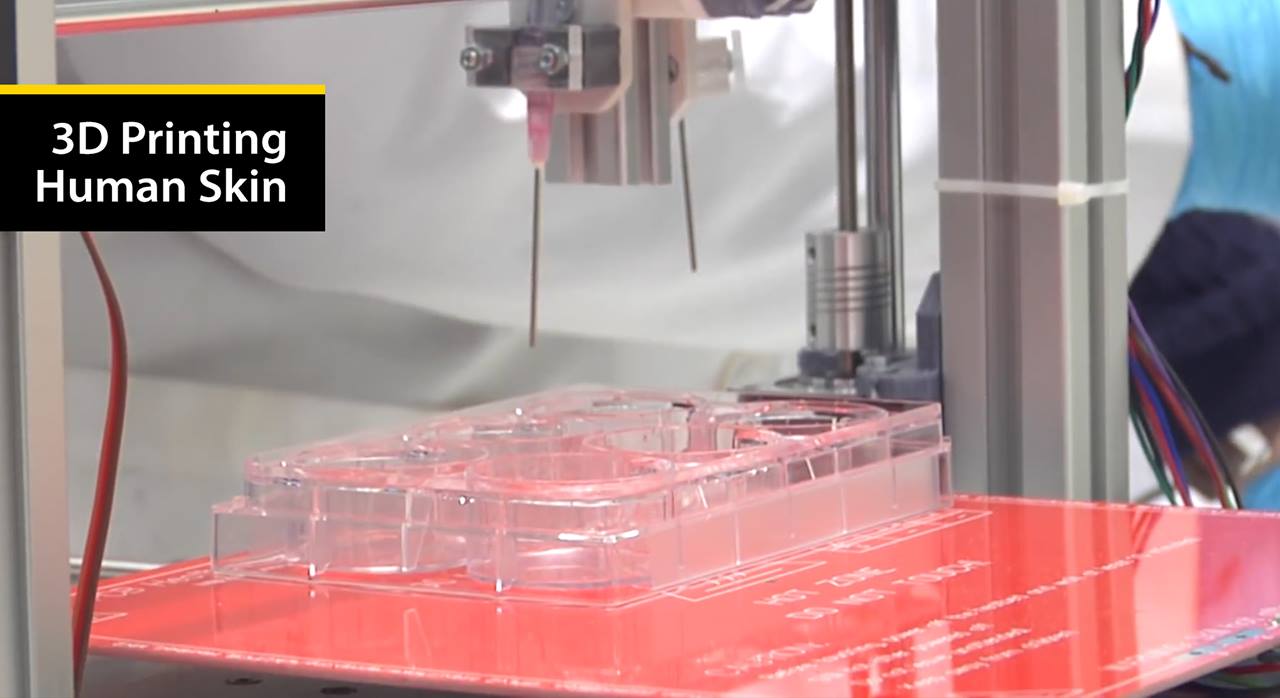Page 10558
Feb 3, 2017
The Surprisingly Simple Invention That Allows Robots to Make Clothes
Posted by Klaus Baldauf in categories: business, robotics/AI
Today, sewing relies on the low-tech power of human hands, but soon that may not be the case. Human workers are still needed for the final steps of making clothes, in order to align fabrics and correctly feed them into sewing machines. If robots could do that instead, shock waves of change would surely ripple through global supply chains and disrupt the lives of millions of low-wage earners in the developing world.
For better or worse, plenty of technologists, researchers, and companies are working on the challenge—but so far, getting robots to navigate the imprecisions of flimsy textile materials that easily bend has proven elusive.
One promising solution, though, has come from an unlikely place: the sleepless brain of Jonathan Zornow, a young freelance web developer with no previous background in robotics, manufacturing, or the apparel business. His project, Sewbo, recently demonstrated the world’s first robotically sewn garment, and the inspiration came while watching a late-night Science Channel show called How It’s Made.
Continue reading “The Surprisingly Simple Invention That Allows Robots to Make Clothes” »
Feb 3, 2017
Minority Report-Style Mind Reading Could Soon Be Reality
Posted by Karen Hurst in categories: neuroscience, quantum physics
In 24 hours, it seems like all the biotech and futurism news is about telepathy. Guess we all read each other’s mind and posted our research and POVs. too funny.
Using quantum materials and technology will mean less invasive implants and no need for head gear in general. Suggest researchers do some due diligence with some of the various research labs and companies experimenting with things like graphene, liquid quantum materials, etc.
“Even though fMRI cannot read minds yet, we need to start deciding how and why we might want to use it, where screening might help, and where it might violate privacy,” Ms Gottwald, a PHD student at St John’s College at the University of Cambridge said. “Because the technology is advancing so rapidly, these kinds of questions are becoming more and more pressing.
Continue reading “Minority Report-Style Mind Reading Could Soon Be Reality” »
Feb 3, 2017
Scientists Have Turned Cooking Oil Into a Material 200 Times Stronger Than Steel
Posted by Karen Hurst in categories: mobile phones, nanotechnology, particle physics, solar power, sustainability
Graphene cooking oil?
In Brief
- Researchers have discovered a way to make soybean oil into the super-strong material graphene. The material has a wide variety of potential uses and can revolutionize electronics.
- The material could be used to make cell phone batteries last 25 percent longer, make more effective solar cells, and even filter fuel out of air.
Researchers have found a way to turn cheap, everyday cooking oil into the wonder material graphene – a technique that could greatly reduce the cost of making the much-touted nanomaterial.
Feb 3, 2017
Fuel cells could provide new green energy solutions
Posted by Karen Hurst in categories: energy, sustainability
Prabhuraj Balakrishnan, a PhD student researcher at the University of Manchester, talks about his recent discovery that could see a major leap in sustainable energy production, realised using graphene and other 2D materials in fuel cell systems.
1st February 2017 in News, Science & Technology
Continue reading “Fuel cells could provide new green energy solutions” »
Feb 3, 2017
Water-based and biocompatible 2D inks for printed electronics
Posted by Karen Hurst in categories: electronics, materials
Luv this.
Researchers at The University of Manchester have developed a method of producing water-based and inkjet printable 2D material inks, which could bring 2D crystal heterostructures from the lab into real-world products.
Examples include efficient light detectors, and devices that are able to store information encoded in binary form which have been demonstrated, in collaboration with the University of Pisa.
Continue reading “Water-based and biocompatible 2D inks for printed electronics” »
Feb 3, 2017
Passion for Weather: What fuels our meteorologists
Posted by Karen Hurst in category: futurism
Even meteorologist have jumped on the QC wagon.
And if you ask each of the professionals who pour over layers of data to sift out the details and clues that ensure a correct and trustworthy forecast, the passion began at a young age, and for most, with a distinct weather event.
Here are their stories.
Continue reading “Passion for Weather: What fuels our meteorologists” »
Feb 3, 2017
This graphene dress lights up when you breathe
Posted by Karen Hurst in categories: 3D printing, materials
Wonder which 3D printer she used?
Together with scientists, fashion designers have used graphene — a Nobel-Prize winning material that’s tougher than diamonds — to give their LBD a high-tech cut.
“We are trying to showcase the amazing properties of graphene,” Francesca Rosella, the co-founder of fashion company CuteCircuit, told CNN.
Continue reading “This graphene dress lights up when you breathe” »
Feb 3, 2017
Graphene Infrared Eye Needs No Signal Amplification
Posted by Karen Hurst in category: materials
Graphene is extremely versatile and ideal for biosensor technology, BMI, etc. we really have just began understanding its capabilities.
An international team of researchers under the umbrella of the EU-funded Graphene Flagship have taken a significant step in thermal infrared (IR) photodetctors with the development of the most sensitive uncooled graphene-based thermal detector yet fabricated. These new photodetectors, known as bolometers, are so sensitive that they can register the presence of a scant few nanowatts of radiation. That level of radiation is about a thousandth of what would be given off by a hand waving in front of the detector.
In the research described in the journal Nature Communications, scientists from the University of Cambridge, UK; the Institute of Photonic Sciences (ICFO), Spain; the University of Ioannina, Greece; and from Nokia and Emberion found that the combination of graphene and pyroelectric materials—which generate a voltage when they are heated or cooled—yields a unique synergy that boosts the performance of thermal photodetectors.
Continue reading “Graphene Infrared Eye Needs No Signal Amplification” »

